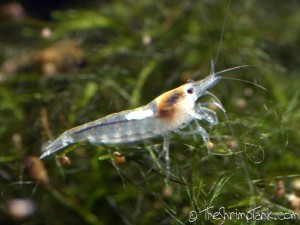We spent 6+ hours in the lab; it was very interesting to figure out how to measure shrimp that are extremely tiny. We needed to collect the shrimp based on small medium and large shrimp and then measure them individually. During this time we found out it is EXTREMELY difficult to measure them without them jumping around or ending up on the floor. The solution you may ask? Towels… towels were amazing to keep them still enough for measurement. Once we had the shrimp we needed, we went to the lab and put each shrimp in individual containers. Half were the control, while the others were put in water mixed with a certain amount of pesticide. It was fascinating to see how much effort is put into this and how time consuming and frustrating shrimp can be.
Who We Are
What We Did
We spent 6+ hours in the lab; it was very interesting to figure out how to measure shrimp that are extremely tiny. We needed to collect the shrimp based on small medium and large shrimp and then measure them individually. During this time we found out it is EXTREMELY difficult to measure them without them jumping around or ending up on the floor. The solution you may ask? Towels… towels were amazing to keep them still enough for measurement. Once we had the shrimp we needed, we went to the lab and put each shrimp in individual containers. Half were the control, while the others were put in water mixed with a certain amount of pesticide. It was fascinating to see how much effort is put into this and how time consuming and frustrating shrimp can be.
What We Learned
Questions We Have
What type of pesticide is being used?
What is the general hypothesis of what will happen?
Why choose this project?
Connections to Teaching
This is a great leeway to talking about contamination and environmental science. What we do has an impact on our environment.
